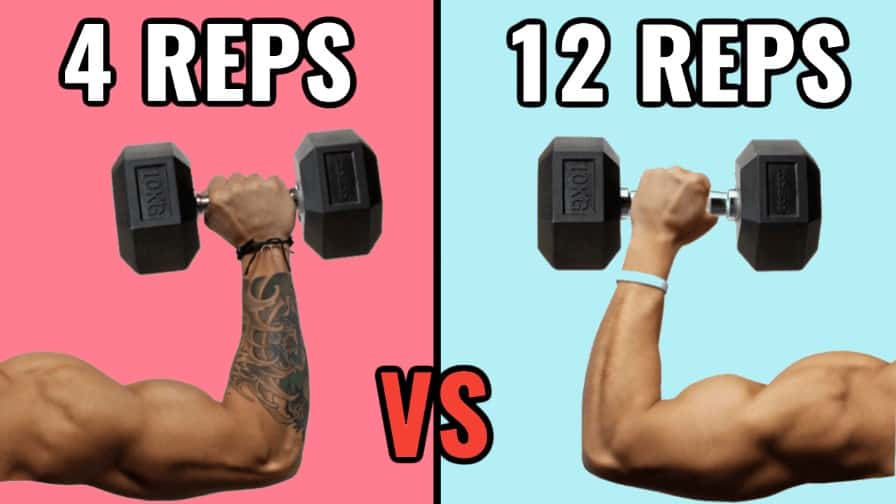
These findings indicate that when the acoustic experience is altered, visual-to-auditory attention orienting is more robust for temporal compared to spatial attributes of the auditory stimuli. 2 showed that only the temporal visual cues remained effective during monaural listening. 1 revealed a benefit of both spatial and temporal visual cues for hearing in noise, Exp. 2 ( ), we assessed the efficacy of the same visual cues in normal-hearing listeners wearing a monaural ear plug, to study the effects of simulated monaural and conductive hearing loss on visual-to-auditory attention orienting. 1 ( ), we validated this visual-to-auditory cueing method in normal-hearing listeners, tested under typical binaural listening conditions. Using a custom-built device located in front of the participant, we delivered visual cues to orient attention to the location of target sounds and/or their temporal window.

The hearing-in-noise task required identification of a five-digit sequence (target) embedded in a stream of time-reversed speech. In two experiments, we tested if visual cues directing attention to spatial or temporal components of speech in noise can improve its identification. The understanding of linguistic messages can be made extremely complex by the simultaneous presence of interfering sounds, especially when they are also linguistic in nature. The results provide important implications for studies investigating sound localization in a clinical setting, especially during closed-set testing, and indicate the importance of top-down information. The reported improvement is related to the context of the localization test. With subsequent roving of stimulus level (20 dB), sound localization performance deteriorated immediately. Participants in the experimental group received explicit information about the noticeable difference in timbre and the poor localization in the monauralized listening condition, resulting in an instant improvement in sound localization abilities. Broadband sounds (0.5-20 kHz) were presented from visible loudspeakers, positioned in azimuth (− 90° to 90°). Two control groups, consisting of, respectively, nine and eleven normal-hearing listeners, were tested in one center. Forty-three normal-hearing listeners (experimental group), divided over five different centers, were tested. The aim of the present study was to investigate whether cognitive feedback (i.e., top-down information) could instantly improve sound localization in naive acutely monauralized listeners. While this intensive training is effective, it may also be that monaural localization abilities improve instantly after providing explicit top-down information about the direction dependent change in timbre and level. Typically, training sessions are administered daily for several days or weeks.


Several studies report that sound localization performance of acute and chronic monauralized normal-hearing listeners can improve through training.


 0 kommentar(er)
0 kommentar(er)
